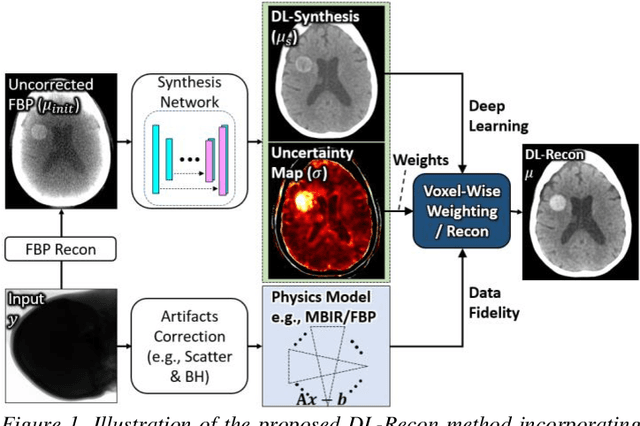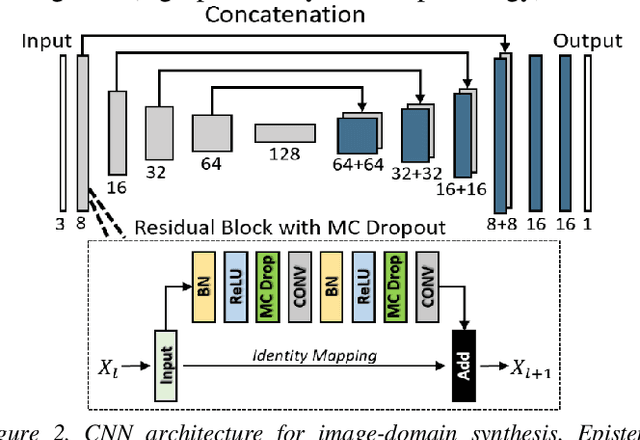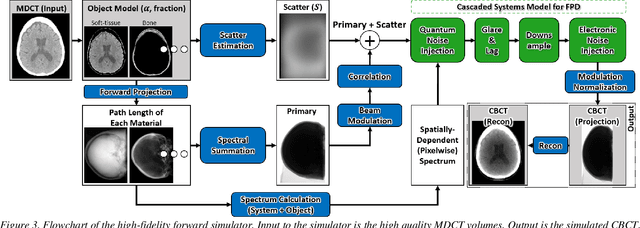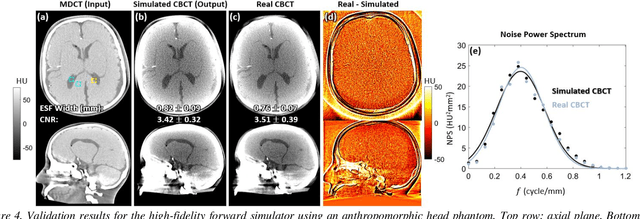Ali Uneri
RTA-Former: Reverse Transformer Attention for Polyp Segmentation
Jan 22, 2024Abstract:Polyp segmentation is a key aspect of colorectal cancer prevention, enabling early detection and guiding subsequent treatments. Intelligent diagnostic tools, including deep learning solutions, are widely explored to streamline and potentially automate this process. However, even with many powerful network architectures, there still comes the problem of producing accurate edge segmentation. In this paper, we introduce a novel network, namely RTA-Former, that employs a transformer model as the encoder backbone and innovatively adapts Reverse Attention (RA) with a transformer stage in the decoder for enhanced edge segmentation. The results of the experiments illustrate that RTA-Former achieves state-of-the-art (SOTA) performance in five polyp segmentation datasets. The strong capability of RTA-Former holds promise in improving the accuracy of Transformer-based polyp segmentation, potentially leading to better clinical decisions and patient outcomes. Our code will be publicly available on GitHub.
Using Uncertainty in Deep Learning Reconstruction for Cone-Beam CT of the Brain
Aug 20, 2021



Abstract:Contrast resolution beyond the limits of conventional cone-beam CT (CBCT) systems is essential to high-quality imaging of the brain. We present a deep learning reconstruction method (dubbed DL-Recon) that integrates physically principled reconstruction models with DL-based image synthesis based on the statistical uncertainty in the synthesis image. A synthesis network was developed to generate a synthesized CBCT image (DL-Synthesis) from an uncorrected filtered back-projection (FBP) image. To improve generalizability (including accurate representation of lesions not seen in training), voxel-wise epistemic uncertainty of DL-Synthesis was computed using a Bayesian inference technique (Monte-Carlo dropout). In regions of high uncertainty, the DL-Recon method incorporates information from a physics-based reconstruction model and artifact-corrected projection data. Two forms of the DL-Recon method are proposed: (i) image-domain fusion of DL-Synthesis and FBP (DL-FBP) weighted by DL uncertainty; and (ii) a model-based iterative image reconstruction (MBIR) optimization using DL-Synthesis to compute a spatially varying regularization term based on DL uncertainty (DL-MBIR). The error in DL-Synthesis images was correlated with the uncertainty in the synthesis estimate. Compared to FBP and PWLS, the DL-Recon methods (both DL-FBP and DL-MBIR) showed ~50% reduction in noise (at matched spatial resolution) and ~40-70% improvement in image uniformity. Conventional DL-Synthesis alone exhibited ~10-60% under-estimation of lesion contrast and ~5-40% reduction in lesion segmentation accuracy (Dice coefficient) in simulated and real brain lesions, suggesting a lack of reliability / generalizability for structures unseen in the training data. DL-FBP and DL-MBIR improved the accuracy of reconstruction by directly incorporating information from the measurements in regions of high uncertainty.
 Add to Chrome
Add to Chrome Add to Firefox
Add to Firefox Add to Edge
Add to Edge